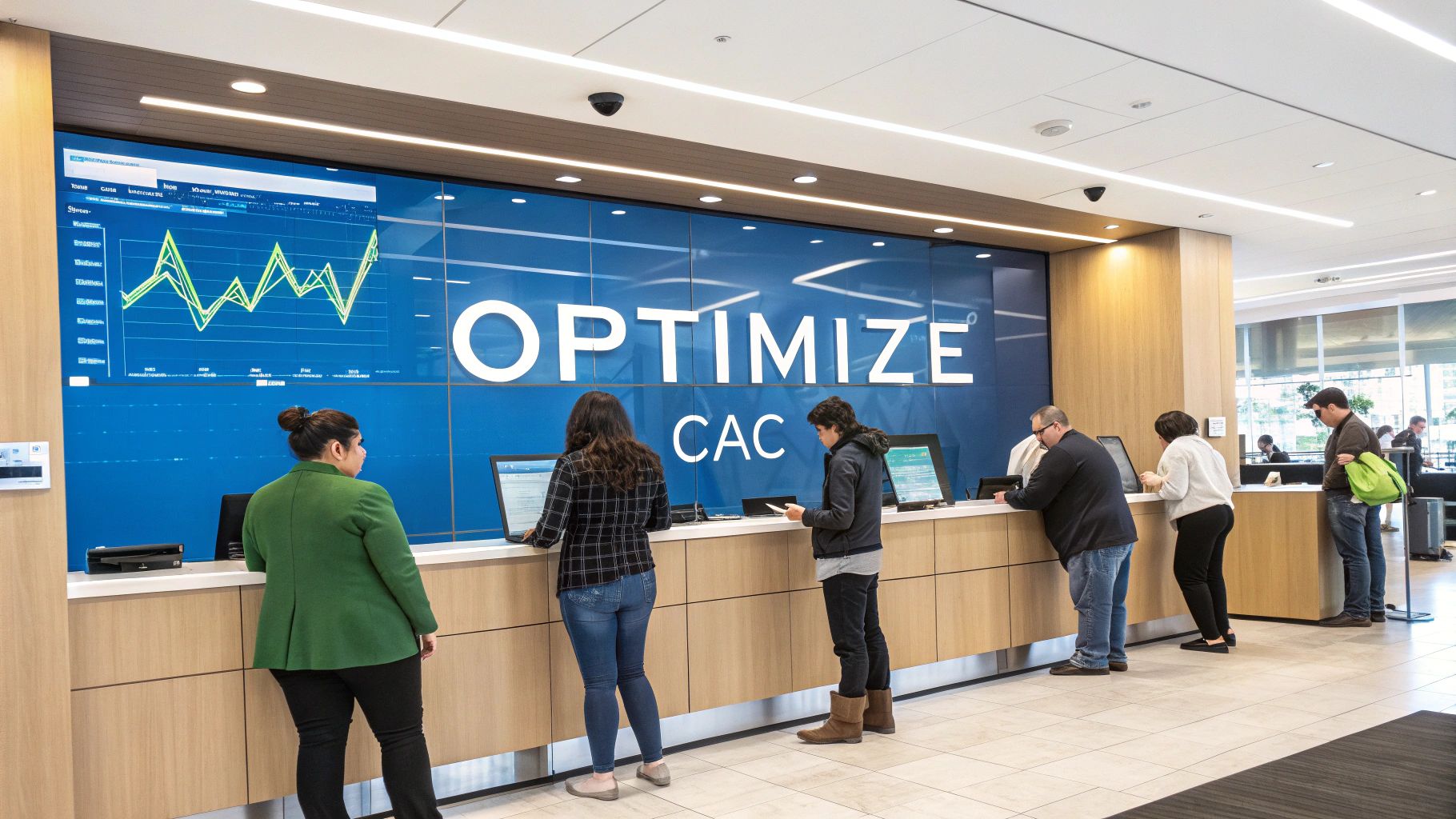Revolutionize Your Bank's Performance with BIAS: Unlocking the Future of Visual Banking Data
Visbanking BIAS Vision
Estimated reading time: 5 minutes
Table of contents
- The Power of Visual Banking Data
- Breaking Down the BIAS Advantage
- 1. Real-Time Data Insights
- 2. Enhanced Customer Engagement
- 3. Risk Management
- 4. Compliance and Security
- 5. Competitive Edge
- Implementing BIAS: A Step-By-Step Guide
- 1. Assess Your Needs
- 2. Choose the Right BIAS Solution
- 3. Data Integration
- 4. Training and Adoption
- 5. Monitor and Adapt
- The Future of Visual Banking Data
- 1. AI and Machine Learning Integration
- 2. Mobile Accessibility
- 3. Blockchain Integration
- 4. Improved Data Visualization
- Conclusion
In today's fast-paced world, banks are constantly looking for innovative ways to enhance their performance, improve customer experiences, and stay ahead of the competition. One such groundbreaking technology that's reshaping the banking landscape is BIAS (Banking Intelligence through Advanced Visual Systems). In this article, we'll explore how BIAS can revolutionize your bank's performance, enabling you to thrive in the digital age.
The Power of Visual Banking Data
In an era where data is often referred to as the new oil, banks have a treasure trove of information at their disposal. However, the real challenge lies in extracting valuable insights from this data quickly and effectively. This is where BIAS comes into play, leveraging the power of visual analytics to turn raw data into actionable intelligence.
Visual banking data is all about presenting complex financial information in a comprehensible and visually appealing manner. BIAS tools utilize graphs, charts, and interactive dashboards to provide a clear, real-time view of your bank's performance, customer behavior, and market trends. This not only simplifies decision-making processes but also empowers your team to make informed choices that drive growth.
Breaking Down the BIAS Advantage
1. Real-Time Data Insights
One of the key advantages of BIAS is its ability to deliver real-time data insights. Traditional banking systems often rely on outdated reports and static data, making it challenging to respond swiftly to market changes. With BIAS, your bank can access up-to-the-minute information, enabling you to make agile decisions and seize opportunities as they arise.
2. Enhanced Customer Engagement
In today's highly competitive banking industry, customer engagement is paramount. BIAS tools can provide a 360-degree view of each customer's financial activity, preferences, and behavior. This wealth of information allows your bank to tailor personalized services and offers, ultimately strengthening customer relationships and loyalty.
3. Risk Management
Managing risk is a critical aspect of banking operations. BIAS employs advanced algorithms and predictive analytics to assess potential risks in real time. This proactive approach to risk management can help your bank identify and mitigate threats before they escalate, safeguarding your financial stability.
4. Compliance and Security
Regulatory compliance is a top concern for banks. BIAS systems are designed with robust security features to ensure that sensitive financial data remains confidential and meets regulatory standards. This not only protects your bank from legal complications but also builds trust with your customers.
5. Competitive Edge
Staying ahead of the competition is essential in the banking sector. BIAS technology allows your bank to analyze market trends and competitor performance, helping you identify areas where you can outperform rivals. This strategic advantage can be a game-changer in a crowded marketplace.
Implementing BIAS: A Step-By-Step Guide
Now that we've highlighted the benefits of BIAS, it's time to explore how your bank can successfully implement this cutting-edge technology.
1. Assess Your Needs
Start by assessing your bank's specific needs and goals. Identify the key areas where BIAS can make the most significant impact, whether it's improving customer service, optimizing operational efficiency, or enhancing risk management.
2. Choose the Right BIAS Solution
Not all BIAS solutions are created equal. Research and select a BIAS platform that aligns with your bank's objectives, scalability requirements, and budget. Ensure that the chosen solution offers robust support and training resources.
3. Data Integration
Successful BIAS implementation relies on seamless data integration. Your bank's various data sources, such as core banking systems, CRM platforms, and transaction records, need to be integrated into the BIAS system to provide a comprehensive view of your operations.
4. Training and Adoption
Invest in comprehensive training for your staff to ensure they can effectively use the BIAS tools. Encourage adoption by showcasing success stories and highlighting the immediate benefits of real-time data access.
5. Monitor and Adapt
Once BIAS is up and running, continuous monitoring and adaptation are crucial. Regularly assess the performance of the system, gather feedback from users, and make necessary adjustments to optimize its effectiveness.
The Future of Visual Banking Data
As technology continues to advance at a rapid pace, the future of visual banking data looks promising. Here are some trends to watch out for:
1. AI and Machine Learning Integration
Expect to see more banks integrating artificial intelligence (AI) and machine learning into their BIAS systems. These technologies can provide deeper insights and predictive analytics, enabling banks to make even more informed decisions.
2. Mobile Accessibility
Mobile banking is on the rise, and BIAS will follow suit. Banks will likely develop mobile-friendly BIAS applications, allowing executives and staff to access critical data on the go.
3. Blockchain Integration
Blockchain technology offers enhanced security and transparency. Some banks may explore integrating blockchain into their BIAS systems to further strengthen data integrity.
4. Improved Data Visualization
The art of data visualization will continue to evolve, making it even easier for users to interpret complex financial data quickly. Expect more interactive and customizable dashboards in the future.
Conclusion
In an increasingly competitive banking landscape, staying ahead of the curve is essential for success. BIAS technology offers a powerful solution to transform your bank's performance by providing real-time data insights, enhancing customer engagement, managing risk, ensuring compliance, and giving you a competitive edge.
By embracing BIAS and continuously adapting to the evolving landscape of visual banking data, your bank can not only thrive but also lead the way in shaping the future of banking technology. Don't miss out on the opportunity to revolutionize your bank's performance with BIAS - the future of banking intelligence is here, and it's visual.
Similar Articles

Brian's Banking Blog
Uniform Bank Performance Reports: A Strategic Guide for Bank Executives

Brian's Banking Blog
A Guide to Performance Measurement Systems for Bank Executives

Brian's Banking Blog
Mastering Banking Performance Metrics: A Guide for Executives

Brian's Banking Blog
Key Trends in the Banking Industry for Bank Executives

Brian's Banking Blog
Optimizing Net Interest Income for Bank Profitability

Brian's Banking Blog
What Is Market Intelligence? A Guide for Bank Executives

Brian's Banking Blog
How to Reduce Employee Turnover in Your Bank

Brian's Banking Blog
Mastering Commercial Banking Relationship Management: A Data-Driven Executive Guide

Brian's Banking Blog
Mastering Operations in the Banking Industry for Strategic Advantage

Brian's Banking Blog